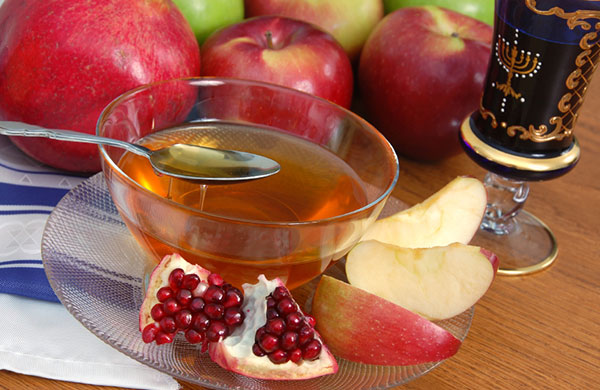 Yom Kippur is the time to achieve forgiveness for our wrongdoings and shortcomings. Since we don’t want G-d to judge us negatively, we try to distance ourselves from them as much as possible. We do this because we don’t want G-d to judge us harshly.
Yom Kippur is the time to achieve forgiveness for our wrongdoings and shortcomings. Since we don’t want G-d to judge us negatively, we try to distance ourselves from them as much as possible. We do this because we don’t want G-d to judge us harshly.
Sukkot, by contrast, comes after the judgment is sealed. We’ve already been forgiven. Sukkot, therefore, is the first opportunity to do teshuva (repentence) purely out of love. Teshuva out of love means we love G-d so much we can’t believe we committed those sins in the past, and consequently feel an incredible surge to come closer to Him more than ever before—a surge not possible if we had never committed the acts that created the distance to begin with.
The sin therefore becomes a prime motivating force in the cause of good. And that’s why the sages teach: “Anyone who does teshuva out of love not only has his sins forgiven but has them converted into merits!”
Tashlich, the ceremony performed immediately after Rosh Hashanah when we go to a body of water and “cast” our sins into its depths, symbolizes teshuva out of awe of G-d. We regret our past wrong doings and disassociate ourselves from them by symbolically casting them into the water where they will be covered and forgotten.
Teshuva out of love is symbolized by the simchat beit hashoeva, (water drawing ceremony) which took place in Temple times in Jerusalem on the second day of Sukkot (the first day of Chol Hamoed). At that ceremony, water was drawn from deep wells beneath the Temple and poured onto the altar.
Symbolically, it was as if the sins we cast into the water during Tashlich were being drawn back up from the depths to be converted into mitzvot.
Each of us falls short in some way. Often we rationalize our failings (to “rationalize” means to tell “rational lies”) or deny them outright. Often, at some later date, we regain our sanity and feel terrible about our past. We reject that past. It’s like we become a new person. That person in the past wasn’t us; it was someone else.
This is a very valuable part of the teshuva experience. Teshuva out of love is a higher level than teshuva out of fear.
Sukkot is the time we realize that the bad, which we thought had only negative value, suddenly becomes a springboard for the greatest good. Though we distanced ourselves from G-d due to sin, it is that very sin which now becomes the fuel upon which the fire of ahavat Hashem (love of G-d) is kindled. And it is that fuel which catapults us past the gravitational pull of our earthly makeup to heights unattainable via fear alone.
According to the Midrash, the Almighty initially intended the fruit and bark of the trees in the Garden of Eden to have the same taste. The trees rebelled, and only one tree retained this unique quality, the etrog tree. The bark of the etrog tree and the etrog itself taste the same.
Sukkot, the time when we use the etrog and three other plant species as the centerpiece of our prayers, represents a return to that ideal state where nothing is wasted; where everything is purposeful and meaningful, where even the bark tastes like the fruit.
On Sukkot, the ultimate joy is the joy of regaining something lost. And that is why only Sukkot is called the time of our rejoicing. On Sukkot we do not receive anything new. We regain that which we once had. The water into which we had cast our sins is now retrieved for use in the most joyous ceremony.
This joy is really the joy of reunion with a part of ourselves given up for lost. That joy is a sense of completion and wholeness, a joy that, “if you never saw, you never saw joy in your life.”
_______________
This article originally appeared on Aish.com. It was dedicated to the loving memory of Yaakov Astor’s father, Rabbi Chaim Benyamin ben Yaakov Reuven, A”H.


